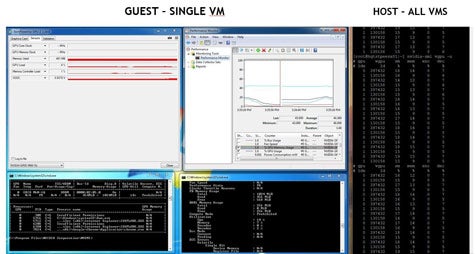In a relatively short period of time, graphics processing units (GPUs) have gone from being applicable to only a specialized set of use cases to increasingly becoming a general-purpose processor. To further that growth, NVIDIA announced that a recently unveiled Tesla M10 GPU is now available for use in the summer release of the NVIDIA GRID virtual desktop platform.
In addition, NVIDIA revealed it is now making available monitoring capabilities that enable IT organizations to analyze what’s occurring on each virtual GPU running inside a NVIDIA GRID deployment.
As a platform that can be deployed on premise or in the cloud, John Fanelli, vice president of product for NVIDIA GRID, says what initially started as a way to share graphics horsepower across multiple desktop is now a full flow virtual desktop infrastructure (VDI) platform in its own right.
“We’re getting a lot of support from both VMware and Citrix for this approach,” says Fanelli.
The new Tesla M10 GPU, says Fanelli, is capable of supporting 64 desktops per board and 128 desktops per server. That approach makes it possible for IT organizations to employ NVIDIA GRID in a way that scales out easily as the number of users in the organization grows. As those organizations migrate to Windows 10, Fanelli says, NVIDIA expects more organizations to adopt NVIDIA GRID as a way to control hardware costs now that many Windows 10 applications require access to a GPU.
The degree to which IT organizations are going to embrace GPUs in a grid architecture to drive virtual desktops remains to be seen. But the one thing that is for certain is that as graphics continue to become a mainstream element of the desktop experience, many more IT organizations are going to want to consider their processor options.




